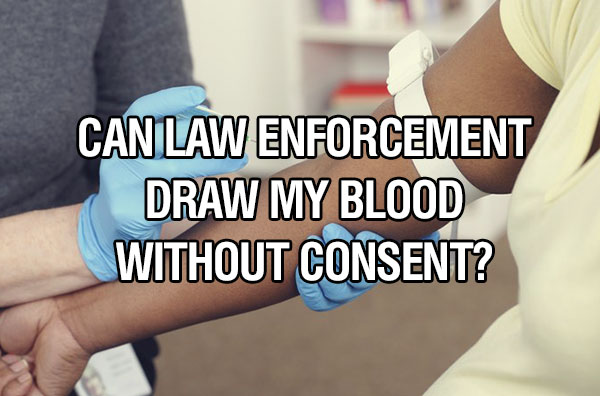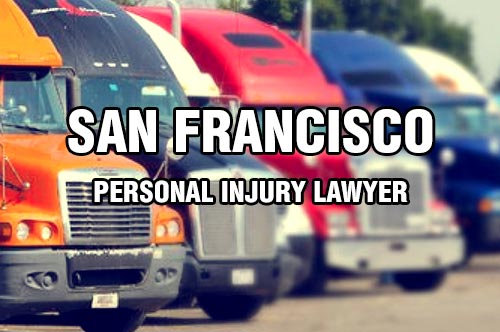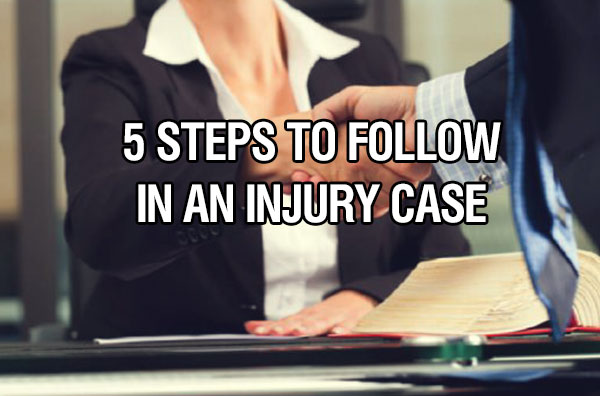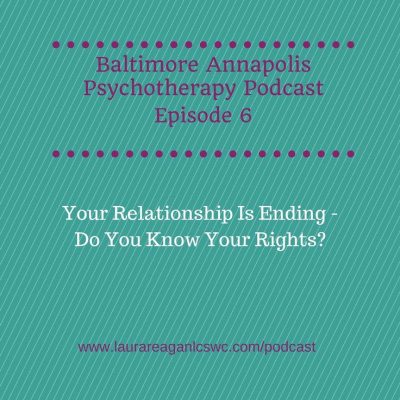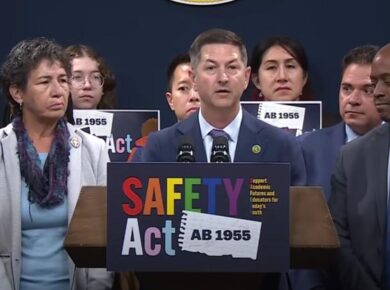One of the most important steps in any accident case is to prove fault. This article will help you understand how fault is determined in case there is an accident.
Oftentimes, it may become difficult to determine who is at fault in an accident. Was the defendant negligent in their conduct, were they diligent or was it your own fault? It is better to leave this to your lawyer and to the legal system. Your lawyer will present evidences and infer them in order to prove the case.
Determining Fault in Simple and Complicated Cases
In a personal injury claim, you will get compensation if it is proven that the other party was at fault. In simple cases, it is easy to determine the party at fault. However, in difficult cases, the injuries may be a result of more complicated events, so determining fault becomes tricky. The legal system and your lawyer will use some tests and standards to determine the party at fault.
Proving Fault
Negligence – An overwhelming majority of claims arise as a result of negligent conduct from one party to the other. Negligent behavior is defined as
- One which falls below the standard of care a reasonable person should take, and
- One which causes harm to other people
Your lawyer must prove these four elements which constitute negligence:
- Duty Of Care – This refers to an obligation to act prudently to avoid an accident.
- Breach of Duty – The negligent party knowingly or unknowingly exposed the injured party to risk.
- Direct Cause – Deliberate acts or inability to act caused the injury.
- Harm – Financial loss because of the negligent party. For example, the medical expenses on treatment after the accident.
- Other Methods – Not every negligence case is that of typical negligence.
As the plaintiff, you can prove it in any of the following ways:
- Proving negligence per se
- Strict liability
- Recklessness or wanton conduct
Negligence per se
Cases “when there is an unexcused violation of a statute” are categorized as negligence per se. The defendant is now liable to compensate for your damages if
- Your injury is of the type the statute was intended to protect
- The statute intended to protect the class of people you belonged to
For example, if you are a pedestrian and get injured due to someone’s reckless driving, the law will establish liability using negligence per se.
Strict Liability
This level of fault is usually applied to products, dog bites, and drugs. In an accident case, strict liability can be applied on transportation of those objects.
Strict Liability may be applied in the absence of any fault. For instance, strict liability may be imposed in an accident involving a truck carrying illegal drugs, harmful chemicals, and other products.
Recklessness or Wanton Conduct
A wanton conduct is one which is done without giving any regard to consequences. A driver is involved in wanton conduct if he drives without considering the safety of others. For example, a public-bus driver who drives recklessly or drives a vehicle not fit for roads is involved in wanton conduct.
The above listed methods may be used by your attorney in order to determine fault in an accident case.
Author Bio: DUI Defense Attorney in Marin County attorney Aaron Bortel is committed to provide dedicated legal representation for DUI cases in California.

